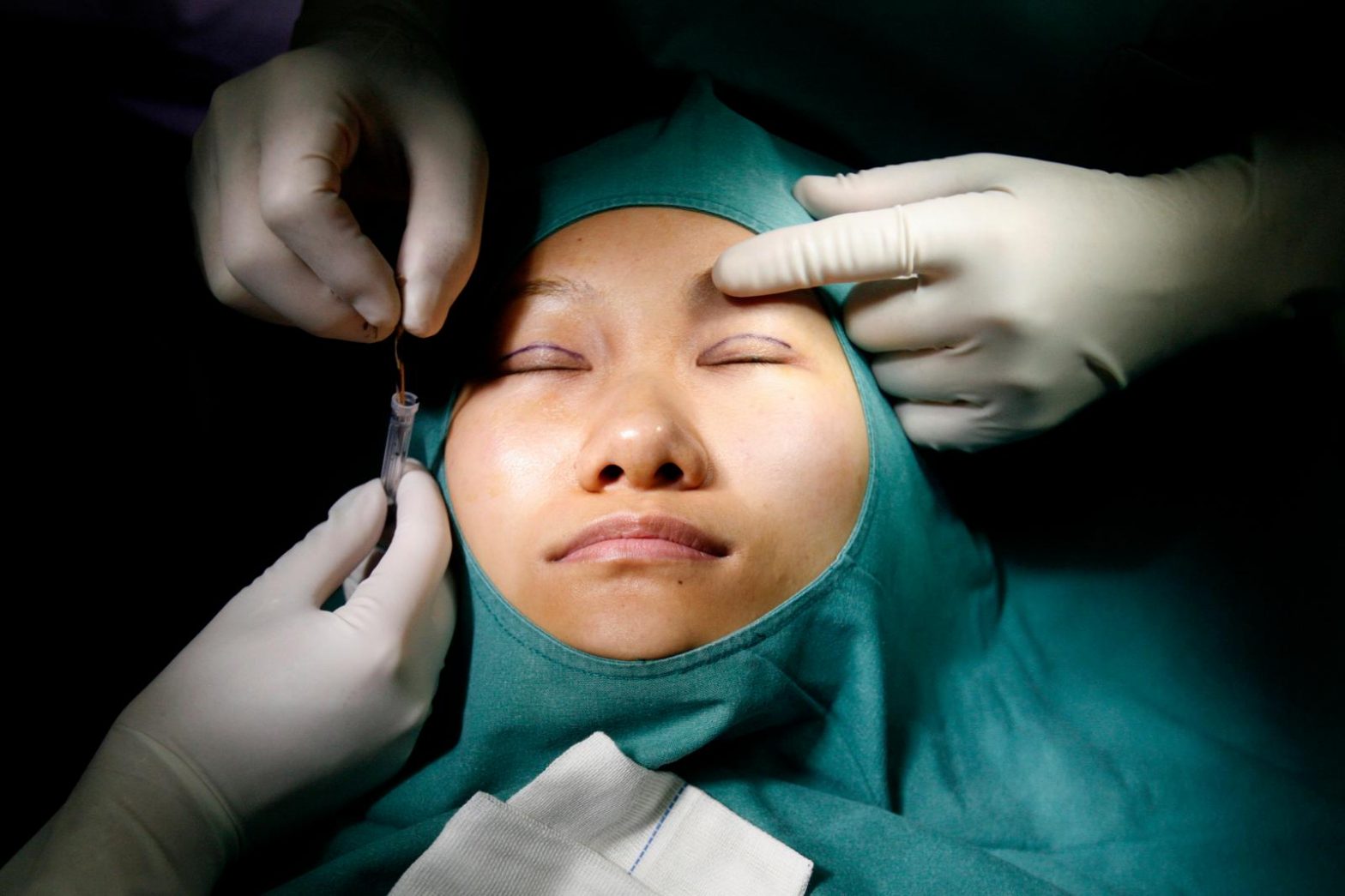Souirce: qz.com
Plastic surgery clients are trending younger globally, and doctors and psychologists are pointing to the rise of social media as playing a role.
According to a report in the South China Morning Post, not only is the number of aesthetic plastic surgery cases—including cosmetic procedures like rhinoplasty, facelifts, and lip augmentations—on the rise globally, but the average age of clients is also dropping. Of the 22 million Chinese who underwent cosmetic procedures in 2018, clients under age 28 accounted for 54% (nearly 12 million) of patients. Teenagers, meanwhile, accounted for 8% of total procedures. Comparatively, in western European nations, the average age dropped from 42 to 37 in 2018; in the US, over 200,000 teens aged 13 to 19 had aesthetic plastic surgery in 2017, but only made up 1% of total US procedures.
Doctors, surgeons, and psychiatrists are pointing to selfie-led social media culture as driving the rise of aesthetic surgery among young people. That’s a departure from what surgeons say marked plastic surgery trends of the early aughts, when people brought in pictures of celebrities and models and asked for features to better match them.
Julian De Silva, a plastic surgeon based in London’s Harley Street, confirmed to SCMP that social media “is heavily influencing plastic surgery trends and cosmetic treatments.” In the last five years, he’s noticed that “patients are taking more photos of themselves than ever, and as a result they are far more self-conscious about their appearance. Flaws they would previously have ignored have, since the advent of social media, plagued them.”
“Snapchat dysmorphia,” a phenomenon coined in a 2018 paper published in a JAMA Facial Plastic Surgery Viewpoint by Boston University researchers, refers to a trend in which people are bringing plastic surgeons their own heavily doctored or filtered selfies, and requesting to look more like their photos. The report noted that 55% of plastic surgeons cite seeing patients who want to improve their appearance in selfies, a request that comes more often from teens, who are more frequent social media users than older adults.
Although Snapchat dysmorphia is not an official mental disorder listed in the DSM, the report highlighted its similarities to body dysmorphic disorder (BDD), a disorder classified on the obsessive-compulsive spectrum characterized by people going to great, often harmful lengths, to hide perceived imperfections and affects roughly 2% of Americans.
Indeed, the negative effects social media can have on mental health and wellbeing are well documented. A 2017 survey by Britain’s Royal Society for Public Health (RSPH), a health education charity, ranked Instagram as the #1 worst social media network for its associations with anxiety and depression, with Snapchat following closely behind. Following the RSPH survey, research from Carmen Papaluca of Notre Dame revealed a connection between Instagram and mental health, particularly in young, female Instagram users. Specifically, findings from the study reported that women in their late teens and early 20s found that the app negatively impacted body image.
And the rise of selfie culture has coincided with a greater access to cosmetic beauty procedures. In the US, wrinkle-reducer Botox and dermal filler Juvéderm are being marketed to 20-somethings over its core clientele, women over 40. Meanwhile, a wave of Instagram-friendly clinics like Alchemy 43, Kate Somerville, and Skin Laundry have popularized medical beauty treatments, including services like Botox, fillers, lip injections, and laser treatments, for the under-30 crowd.
The SCMP notes that a 2018 report released by Chinese cosmetic procedure platform Gengmei found that the number of cosmetic surgery clinics opening last year increased by 10% compared with 2017. And according to the Chinese online magazine Sixth Tone, Gengmei and its competitor, the cosmetic-surgery social app SoYoung, saw their communities skyrocket, with the former noting that 36 million users and 20,000 certified surgeons joined the app in the past few years. Sixth Tone also notes that Chinese clients are likely influenced by neighboring South Korea, where European and K-pop beauty standards—big eyes, slim noses, etc.—are pervasive, and about one-third of women under 30 have had plastic surgery. Indeed, double-eyelid surgery, a procedure that seeks to produce bigger, Western-looking eyes, has become a common 18th birthday present.
